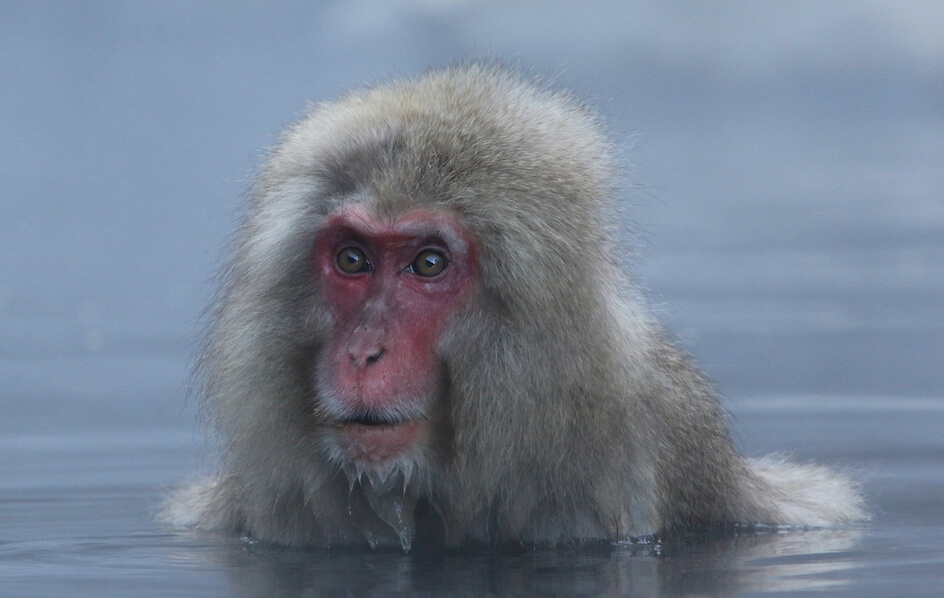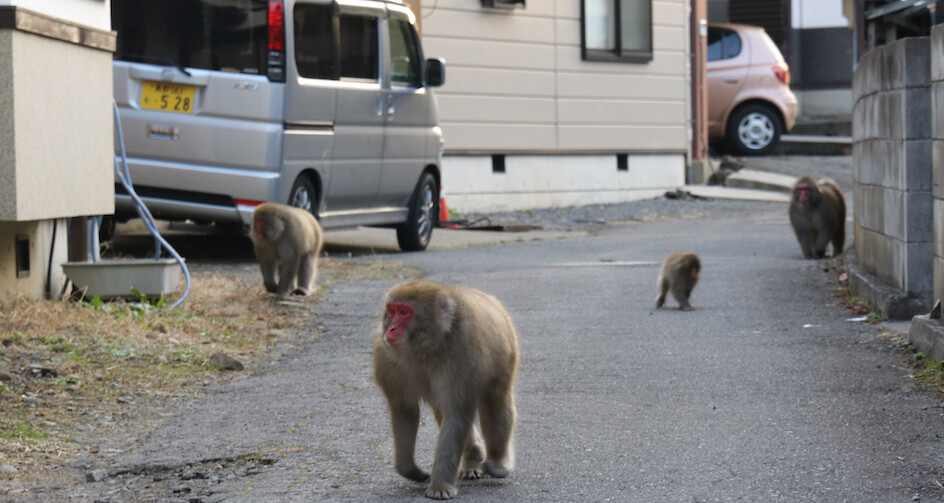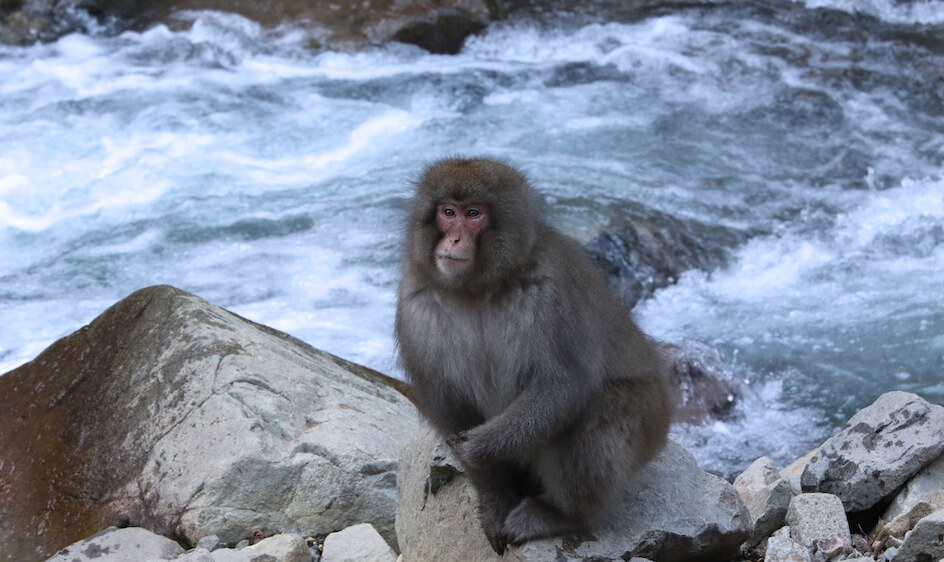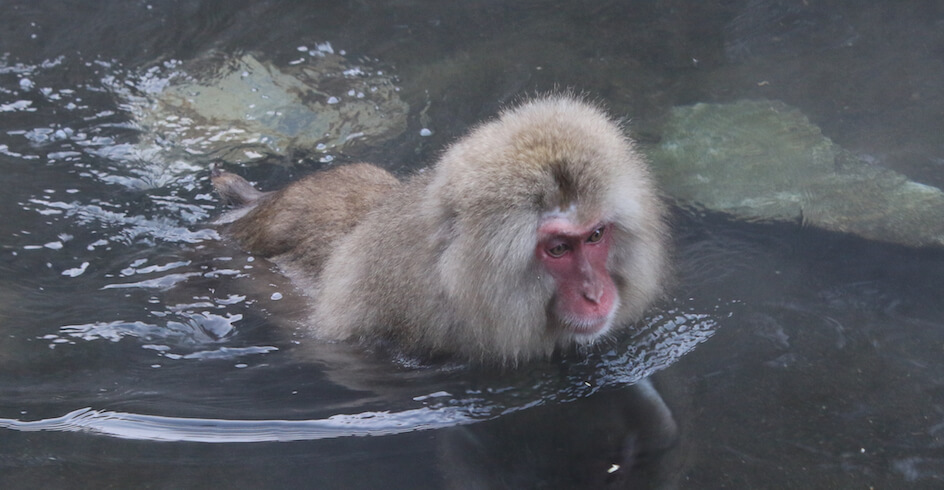Main menu
CEPF is a joint initiative of l’Agence Française de Développement, Conservation International, the European Union, Fondation Hans Wilsdorf, the Global Environment Facility, the Government of Canada, the Government of Japan and the World Bank. A fundamental goal is to ensure civil society is engaged in biodiversity conservation.
Visitez le site français コア情報の日本語翻訳を読むOr use Google Translate to translate the English site to your language:
GTranslate
Japan's Snow Monkeys
How one group of Japanese macaques became a major tourist attraction
By: Olivier Langrand, CEPF Executive Director
12 January 2017
12 January 2017
Though most primate species live in tropical and sub-tropical areas, a few are well adapted to cool and even cold climates, including the Japanese macaque (Macaca fuscata).
The Japanese macaque is the only primate species (represented by two different sub-species) found in the Japan biodiversity hotspot and is the most northerly living non-human primate. It is found on Honshu, Shikoku, Kyushu and Yaku-shima, where it frequents forests from sub-tropical lowlands to sub-alpine regions up to 1,500 meters.
Listed as Least Concern on the IUCN Red List, the species is widespread and found in several protected areas. Its population is increasing, though human/wildlife conflict is causing some concern.
The species is well adapted to forest environments. During spring and summer it feeds primarily on fruit, berries, flowers, young leaves and insects, and during fall it feasts on chestnuts and other nutritive forest products. These foods help the monkeys build enough fat to survive harsh winters, often with permanent snow cover that, in some areas, can last a couple of months. During this time, little food is available and the macaque’s diet consists of bark and winter buds.
In the Japanese Alps of Central Honshu near Nagano, the population of Japanese macaques lives, during the winter, in snow-covered landscapes from which they gained their local common name: snow monkey.
In the Yokoyu River Valley, Jigokudani-Yaen Koen—located at 850 meters above sea level—is home to a group of about 150 Japanese macaques that are renowned for taking advantage of the intensive geothermal activities of the region.
The troop’s now-famous activity began in 1963 when a young macaque accidentally discovered the virtue of warm water. Local citizens noticed that the monkey had, apparently, become addicted to the heated natural hot springs, and the citizens decided to build an onsen, a Japanese traditional bath, next to the springs for the monkey.
The monkey population living in nearby forests soon developed the habit of warming up, and even bathing, in the pools. Today the habit has attracted national attention—a train operating between Nagano and Yudanaka transports many of the 90,000 annual visitors. This is the only population of Japanese macaque known to have developed this hot-bath culture.
During the winter, the fur of Japanese macaques is very thick, so to absorb the heat, the monkeys place the bare skin of their face next to the surface of the water. The group’s hierarchy determines who can come near the hot bath, who can have the privilege to feel the warmth of the water on the face and who can have the even higher privilege of immersing in the hot spring. If needed, Japanese macaques can swim quite well.











